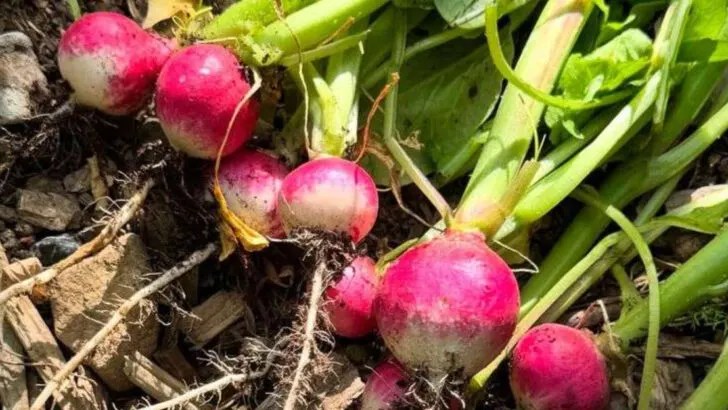Some vegetables waste no time once they hit the soil, they sprout up, stretch toward the sun, and are ready to harvest in what feels like a blink. If you’re the kind of gardener who likes quick rewards (or just impatient to crunch into something fresh), there’s nothing more satisfying than sowing a few seeds and seeing progress within days.
Of course, not every veggie shares that enthusiasm. Some take their time, slow and steady, testing your patience while they quietly build flavor and structure below the surface. In this mix of fast-sprinters and deliberate growers, it helps to know which seeds offer quick wins—and which ones you’ll need to wait out.
Radishes
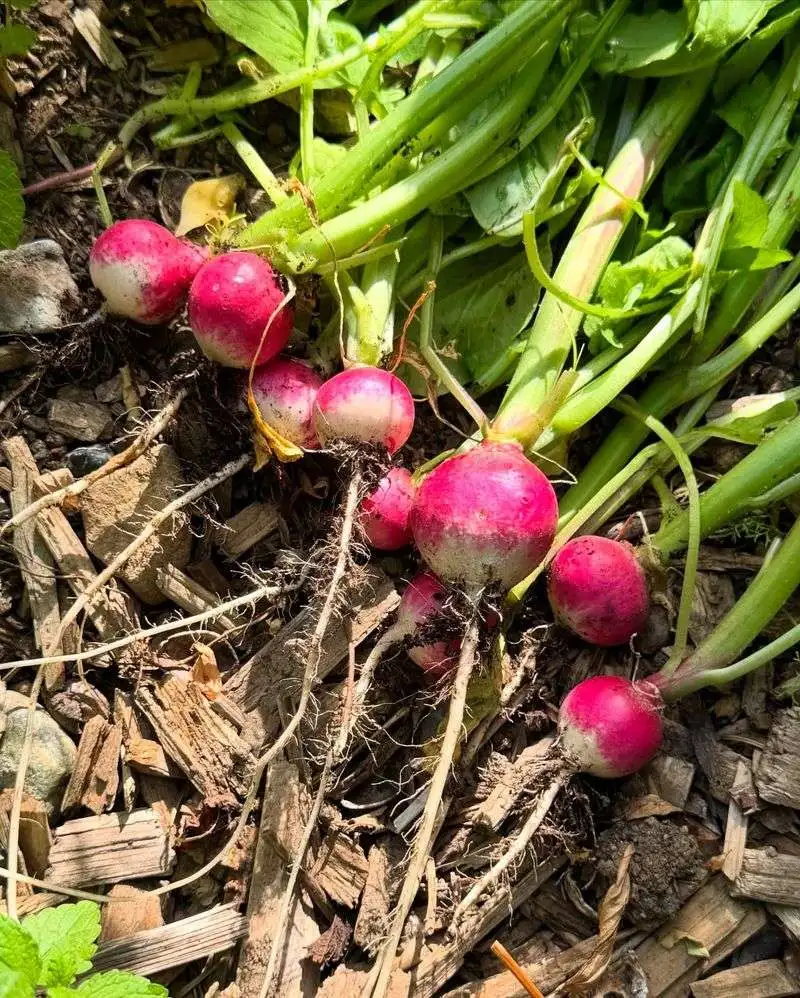
Radishes are the sprinters of the vegetable world. In just about 3 to 4 weeks, you can go from seed to harvest, making them perfect for impatient gardeners. Their peppery flavor adds a zesty punch to salads. Plant them in cool weather, and they reward you with vibrant red globes.
Their crisp texture enhances various dishes, from sandwiches to stir-fries. Ideal for children who want to see quick results in gardening projects, radishes are resilient and forgiving. Did you know? Radishes have been cultivated since Egyptian times, symbolizing their longstanding culinary value.
Lettuce
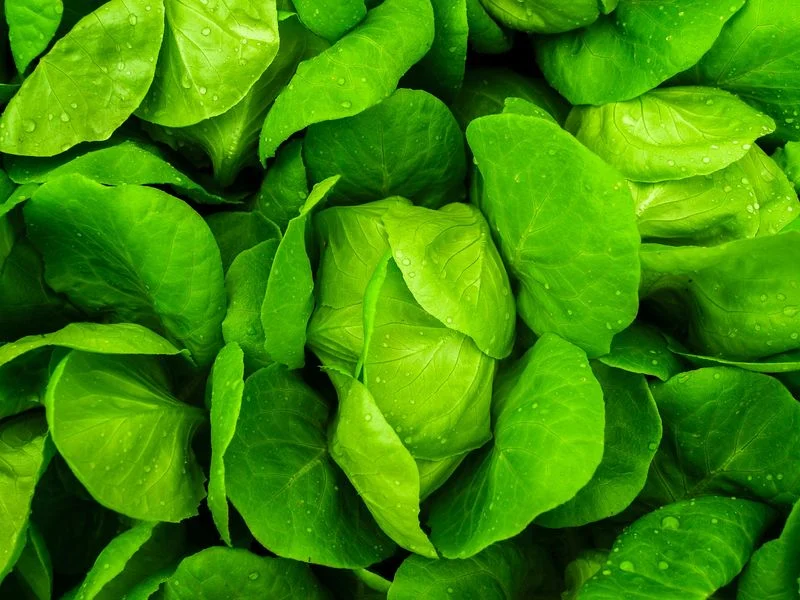
Lettuce brings more than just crunch to your plate. It’s a favorite for those who like to see quick growth in their gardens. Within 30 to 45 days, most varieties are ready for harvest. Their tender leaves create the perfect base for countless salads.
Easy to grow, lettuce prefers cool climates and offers a wide variety of types, from romaine to butterhead. Even space-constrained gardeners can enjoy fresh lettuce by growing it in pots or containers. Fun fact: Ancient Egyptians believed lettuce to be a symbol of fertility, influencing its widespread cultivation.
Spinach
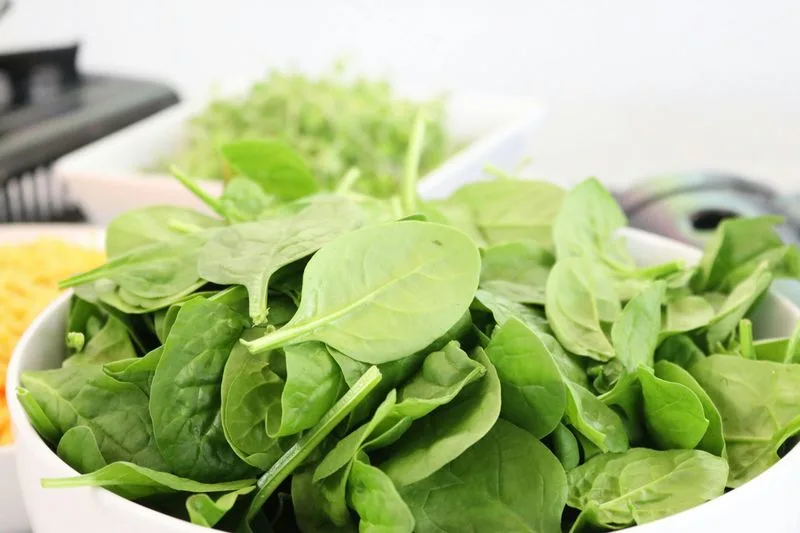
Spinach is a powerhouse of nutrients and remarkably fast to grow. Typically, it only takes 4 to 6 weeks from seed to plate. Its rich, green leaves are perfect for salads, smoothies, and sautés.
As a cold-weather crop, spinach thrives in early spring or late fall, making it versatile for multiple harvests throughout the year. Its growth is so rapid, it’s almost magical. Did you know? Spinach originated in Persia, with its cultivation dating back over 2,000 years, showcasing its enduring appeal and health benefits.
Arugula
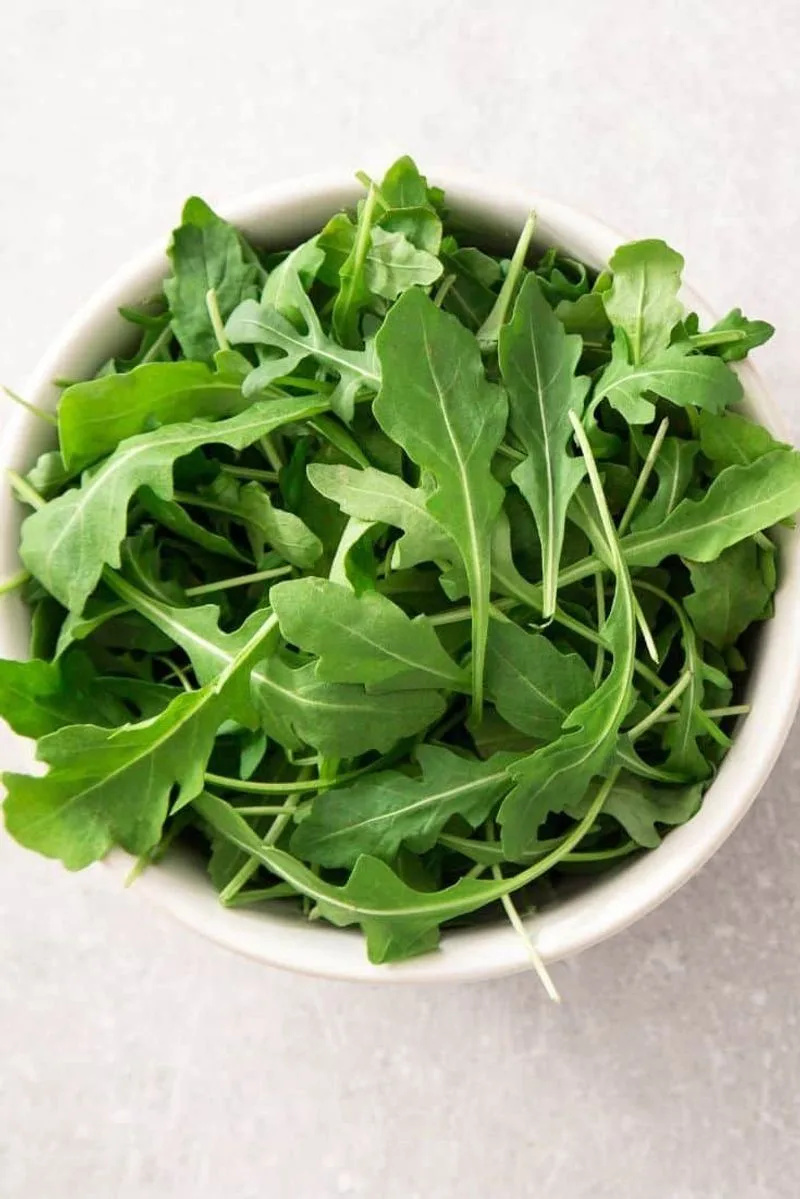
Arugula offers a peppery twist to your greens, and the best part? It grows in just 2 to 3 weeks. Often considered a gourmet green, its distinctive flavor elevates salads and pizzas alike.
Plant arugula in a sunny spot or partial shade, and watch it flourish in cooler temperatures. This spicy leaf is a staple in Mediterranean cuisine, prized for its unique taste and quick growth. With a history dating back to ancient Rome, arugula remains a beloved choice for chefs and home cooks worldwide.
Mustard Greens
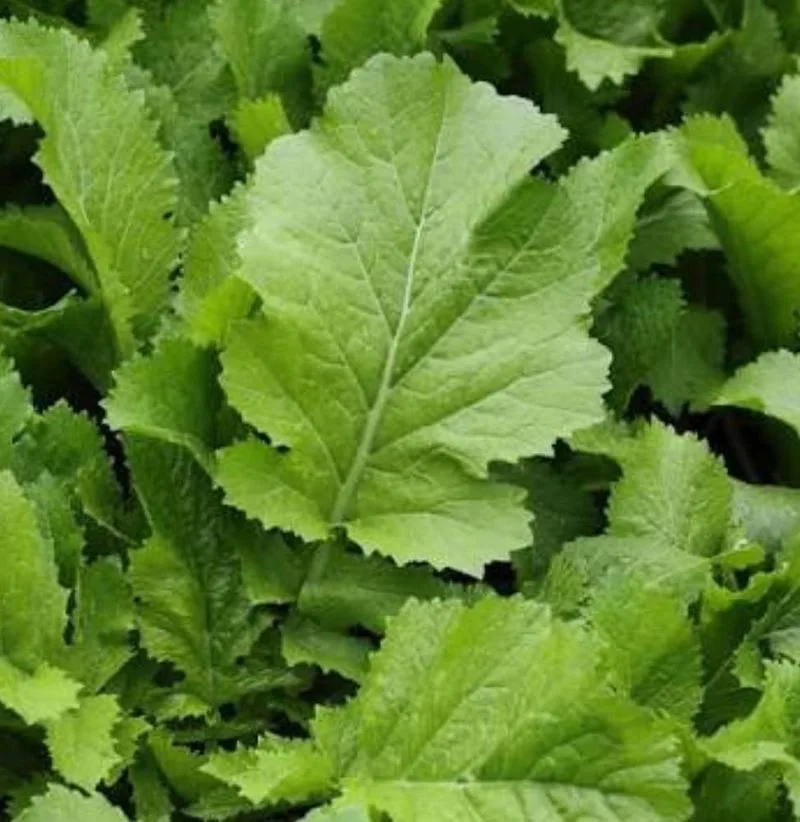
Mustard greens pack a punch with their spicy, bold flavor and grow swiftly within 30 days. They add a delightful bite to salads and stews or can be sautéed for a milder taste.
These greens thrive in cool weather, making them ideal for early spring or fall gardens. Mustard greens bring both culinary and visual appeal with their frilly leaves and vivid colors. Historically, they’re known for their nutrient-rich profile, offering vitamins A, C, and K. Perfect for gardeners seeking fast-growing, flavorful greens.
Kale
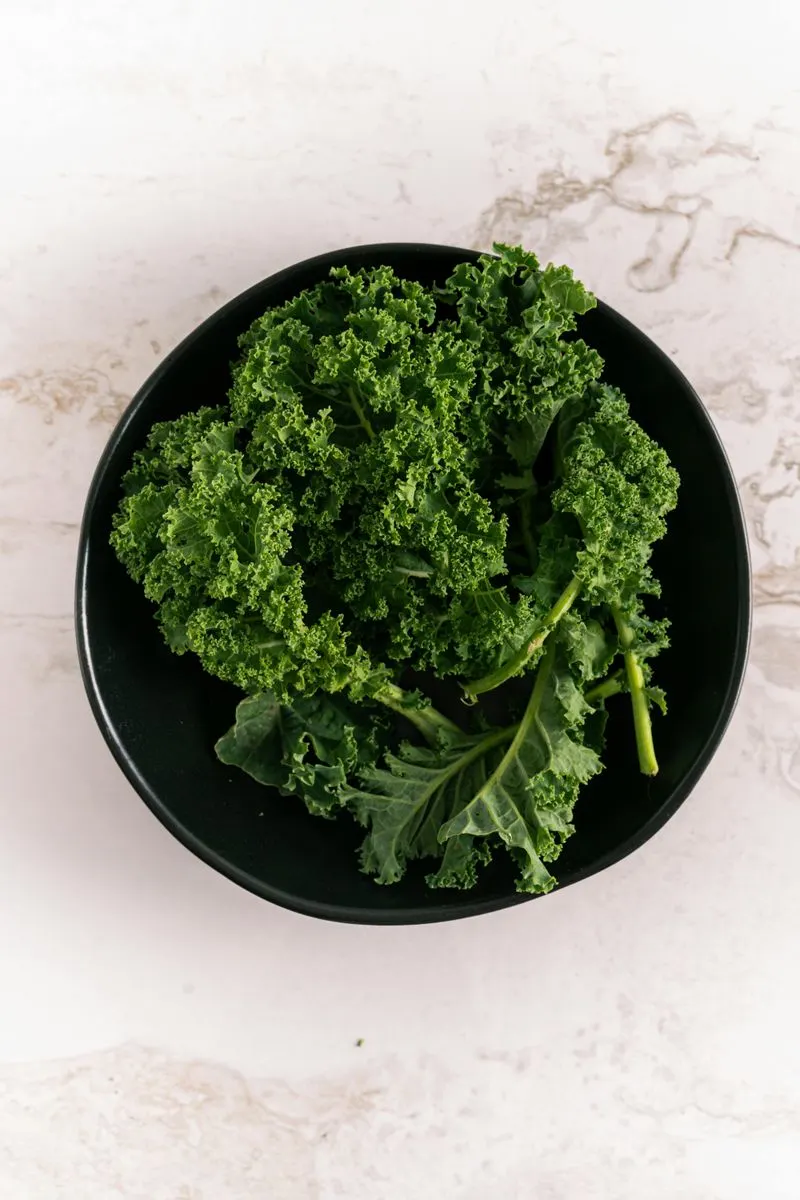
Kale, the superfood of the vegetable world, is not just nutritious but also quick to grow. In about 55 days, you can enjoy its hearty leaves packed with vitamins. Its robust texture makes it ideal for salads, soups, and smoothies.
Resilient and cold-hardy, kale thrives in cooler climates, providing lush, green foliage throughout the season. Its history dates back to the Middle Ages, where it was a staple in European gardens. Today, kale continues to enjoy popularity due to its versatility and health benefits.
Bok Choy
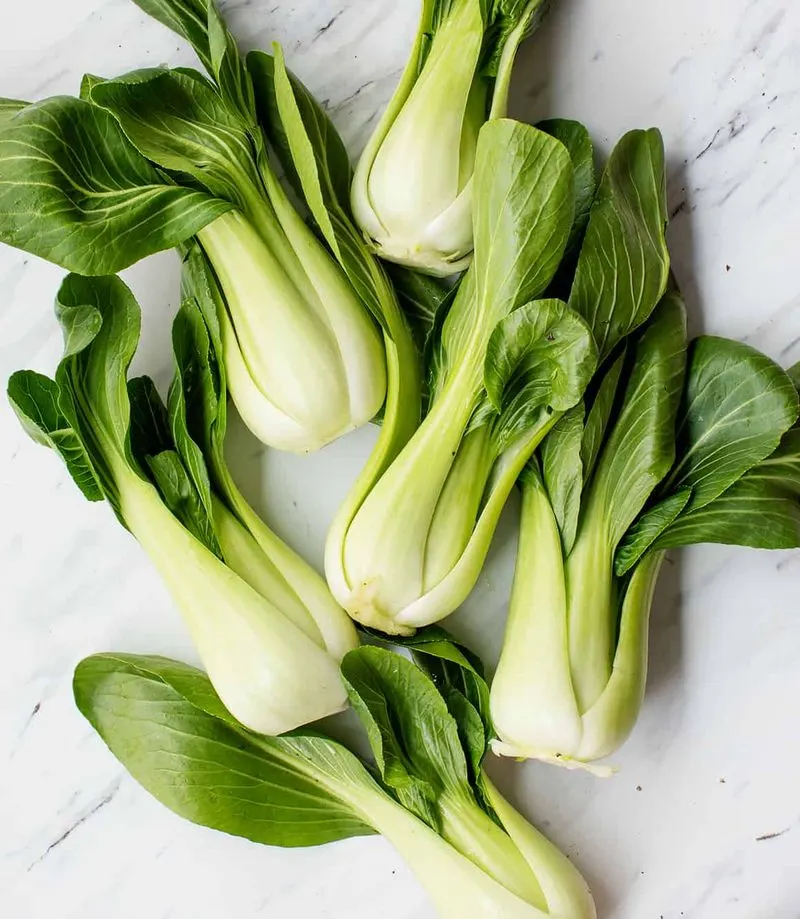
Bok choy is a staple in Asian cuisine and a delight to grow, taking only about 30 to 45 days to mature. Its crisp, tender stalks and delicate leaves make it perfect for stir-fries and soups.
Thriving in cooler weather, bok choy can be planted in early spring or fall for optimal growth. This leafy green is not just tasty but also packed with nutrients, including vitamins A and C. With its origins in China, bok choy has been cultivated for over 1,500 years, making it a timeless favorite.
Chard
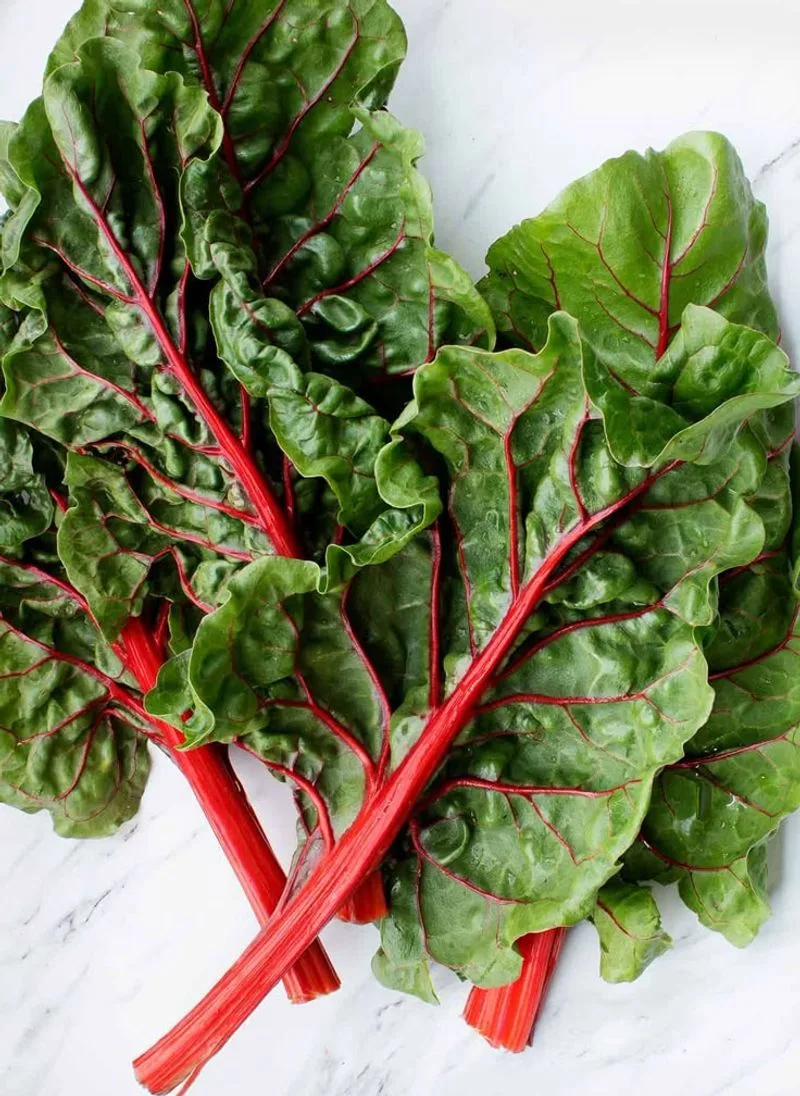
Chard, with its vibrant leaves and colorful stalks, offers visual and culinary appeal. Typically taking about 50 days to grow, it’s a wonderful addition to any vegetable garden. Its slightly bitter taste mellows with cooking, making it versatile for various dishes.
Chard thrives in full sun or partial shade and has a long growing season, allowing multiple harvests. Known for its nutritional richness, chard provides essential vitamins and minerals. Historically enjoyed in Mediterranean regions, it remains a beloved green for health-conscious cooks.
Bush Beans
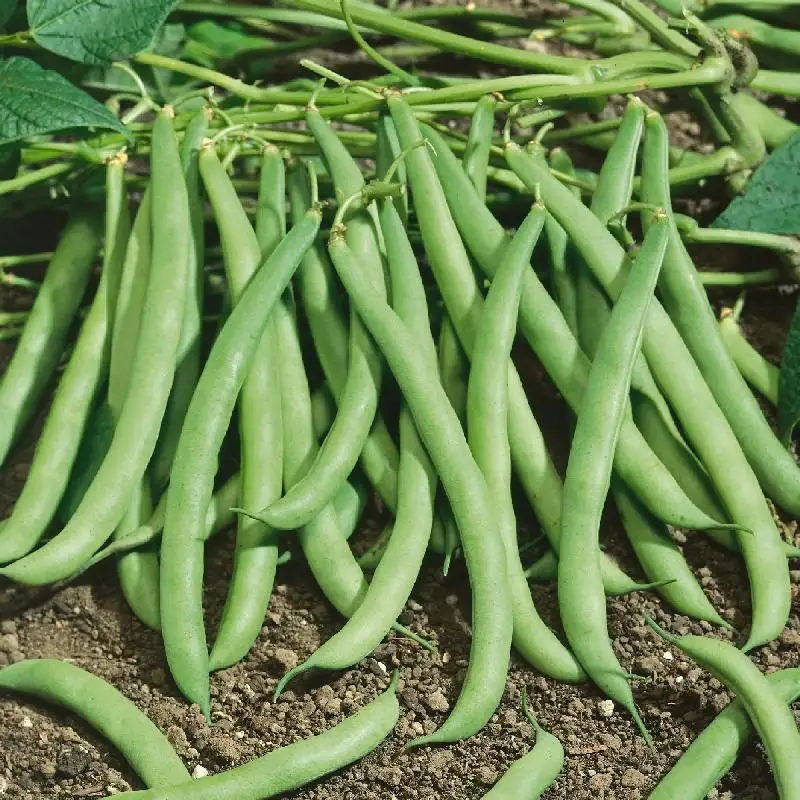
Bush beans are a gardener’s delight, known for their rapid growth and bountiful yields. Within 50 to 60 days, you can harvest these crunchy, green pods. They are perfect for fresh snacking or adding to a variety of dishes.
Plant bush beans in warm soil, and watch them flourish without much fuss, making them ideal for beginner gardeners. As nitrogen fixers, they also improve soil health. Did you know? Beans were once considered the “meat of the poor” for their high protein content and were a staple in ancient diets.
Beets
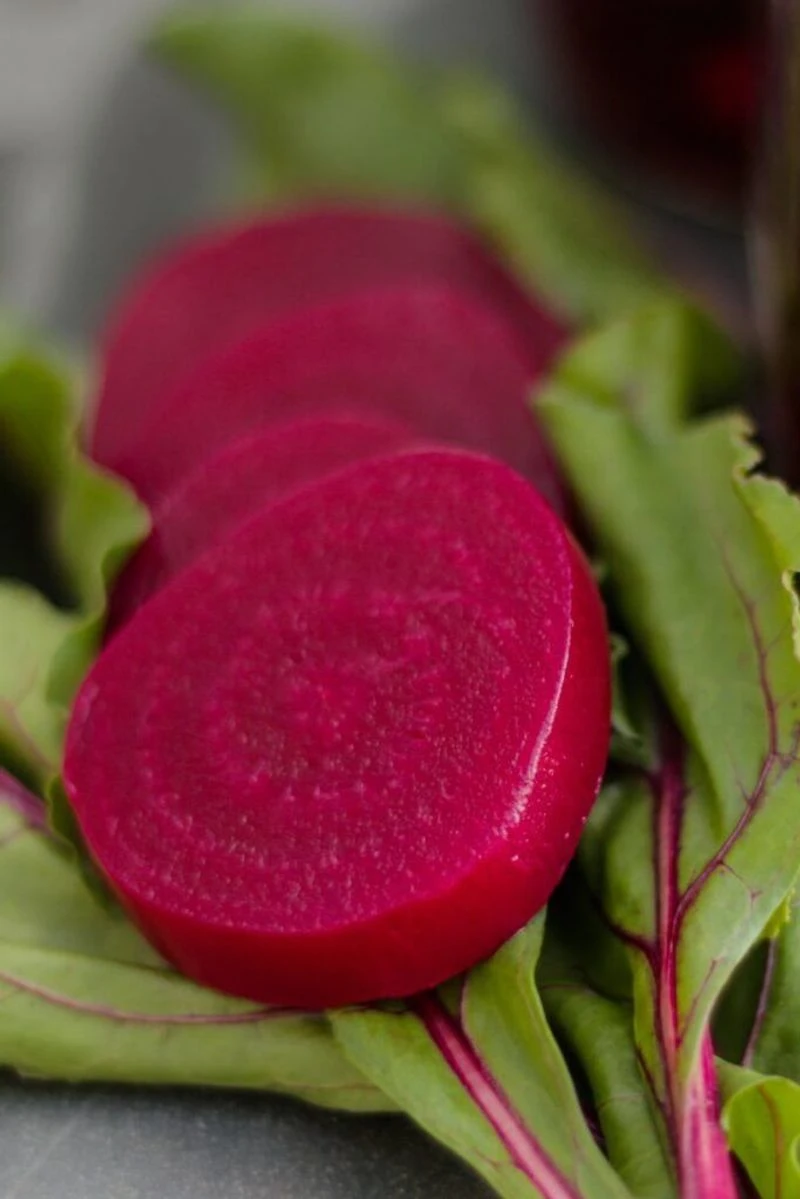
Beets offer both vibrant color and earthy flavor. Growing quickly within 50 to 70 days, they are a fantastic choice for colorful dishes. Their roots can be roasted or boiled, while leaves are perfect for salads.
Beets thrive in cool seasons and are hardy enough to withstand light frost, providing flexibility in planting times. Known for their rich nutrient profile, beets are packed with antioxidants. Historically, they have been cultivated since Roman times, valued for both culinary and medicinal purposes.
Carrots
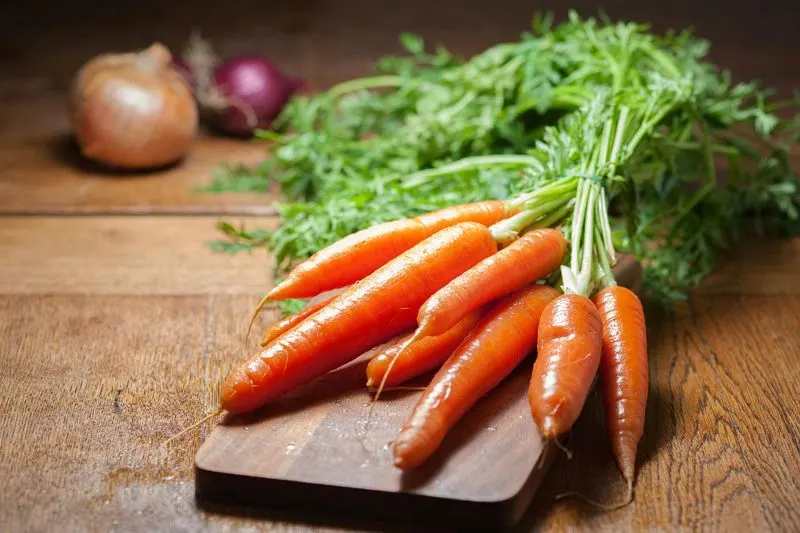
Carrots are the quintessential root vegetable, known for their sweet flavor and vibrant color. Typically taking 70 to 80 days to mature, they offer a rewarding challenge for gardeners. Carrots can be enjoyed raw, roasted, or pureed into soups.
They thrive in loose, sandy soil, where they can develop long, straight roots. Carrots are rich in beta-carotene, which is converted to vitamin A in the body. Did you know? The orange carrot we know today was first cultivated in the Netherlands as a tribute to the House of Orange.
Peas
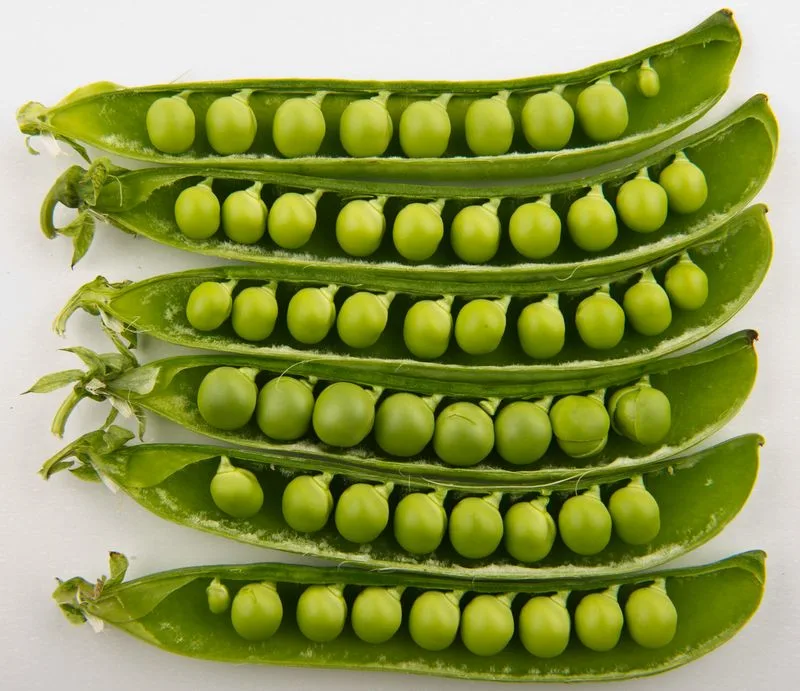
Peas are a gardener’s treasure, particularly for those with patience. Although they take about 60 days to mature, their sweet taste is worth the wait. Pea plants are known for their climbing habits, often needing support.
They flourish in cooler weather, making them perfect for spring planting. Peas add sweetness to dishes and can be eaten raw or cooked. Historically, they were one of the first crops cultivated by humans, highlighting their longstanding significance. Their versatility makes them a favorite in gardens worldwide.
Turnips
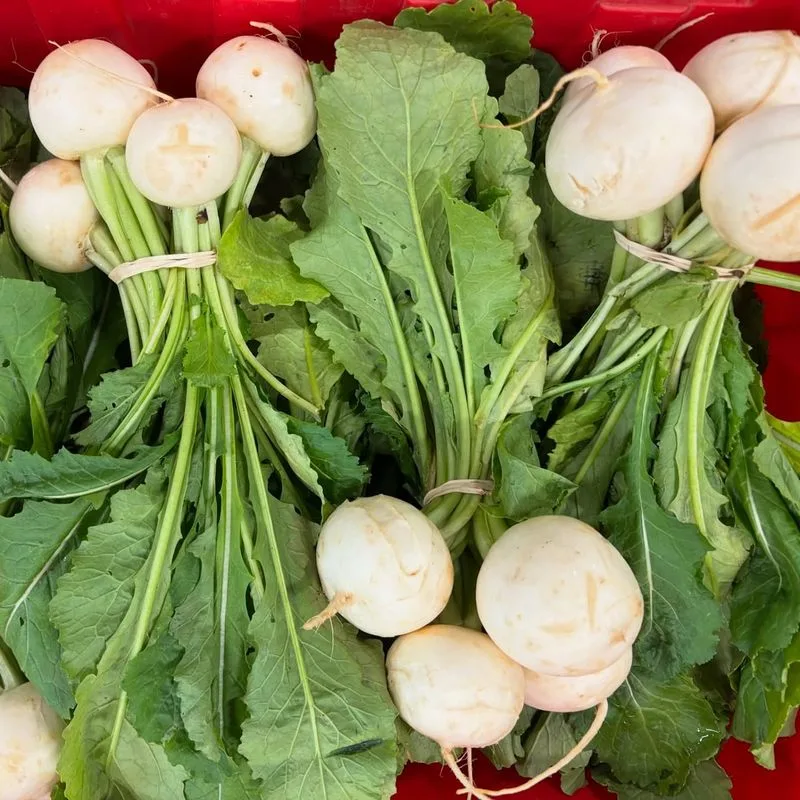
Turnips offer a dual-purpose harvest with both edible roots and greens. Taking about 60 days to grow, they’re a versatile addition to any garden. Their crisp roots can be roasted or mashed, while greens are delicious sautéed.
Turnips thrive in cool weather, providing a pop of purple and white in garden beds. They’re rich in vitamins C and K, contributing to a healthy diet. Did you know? Turnips have been cultivated since ancient times, originally grown as livestock feed before becoming a human staple.
Zucchini
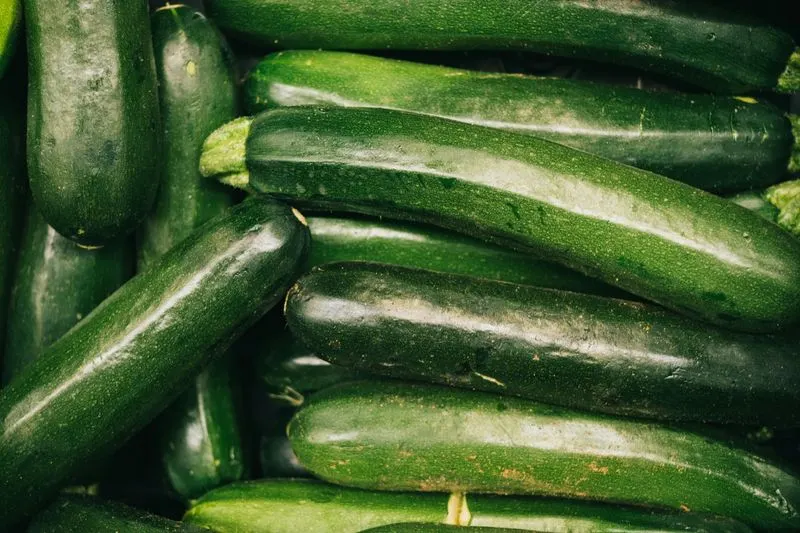
Zucchini is a summer staple that grows with remarkable speed. Typically ready to harvest in 45 to 55 days, this prolific producer delights gardeners with its bounty. Zucchini can be grilled, roasted, or spiralized into “zoodles.”
Plant zucchini in warm soil and enjoy its rapid growth and delicious fruit. Known for its versatility, zucchini is a favorite in many cuisines. Fun fact: Zucchini flowers are edible and often used in gourmet dishes, adding a unique twist to traditional flavors.
Cucumbers
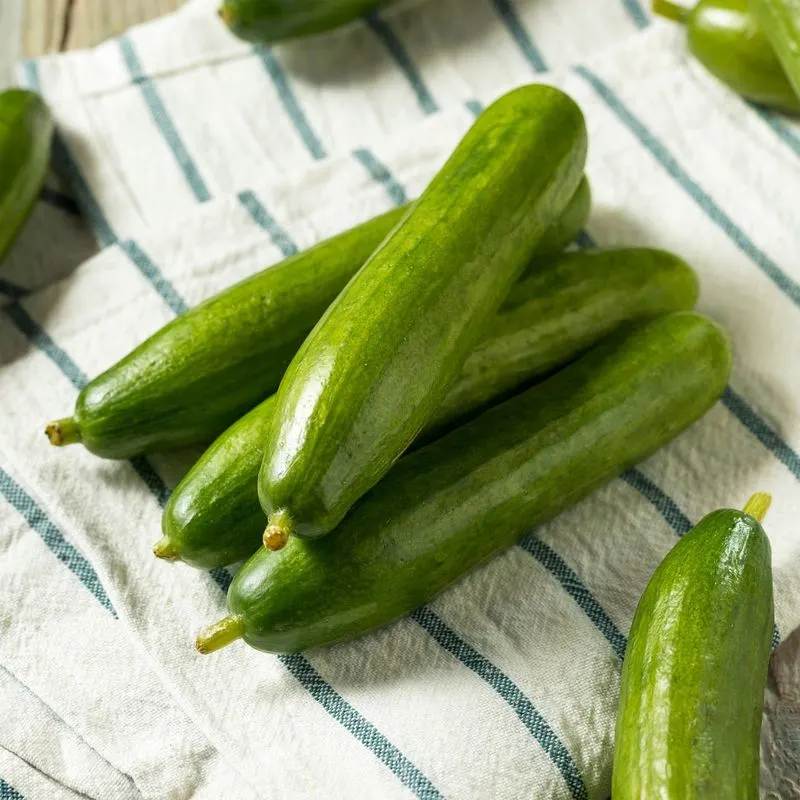
Cucumbers bring refreshing crunch to salads and sandwiches. In about 50 to 70 days, these vines produce a bounty of cool, crisp fruits. Perfect for pickling or fresh eating, cucumbers are a garden favorite.
They thrive in warm weather and need a trellis to climb, optimizing space and airflow. Known for their hydrating properties, cucumbers are mostly water, making them a refreshing snack. Did you know? Cucumbers were grown in ancient India and are one of the oldest cultivated vegetables in the world.
Asparagus
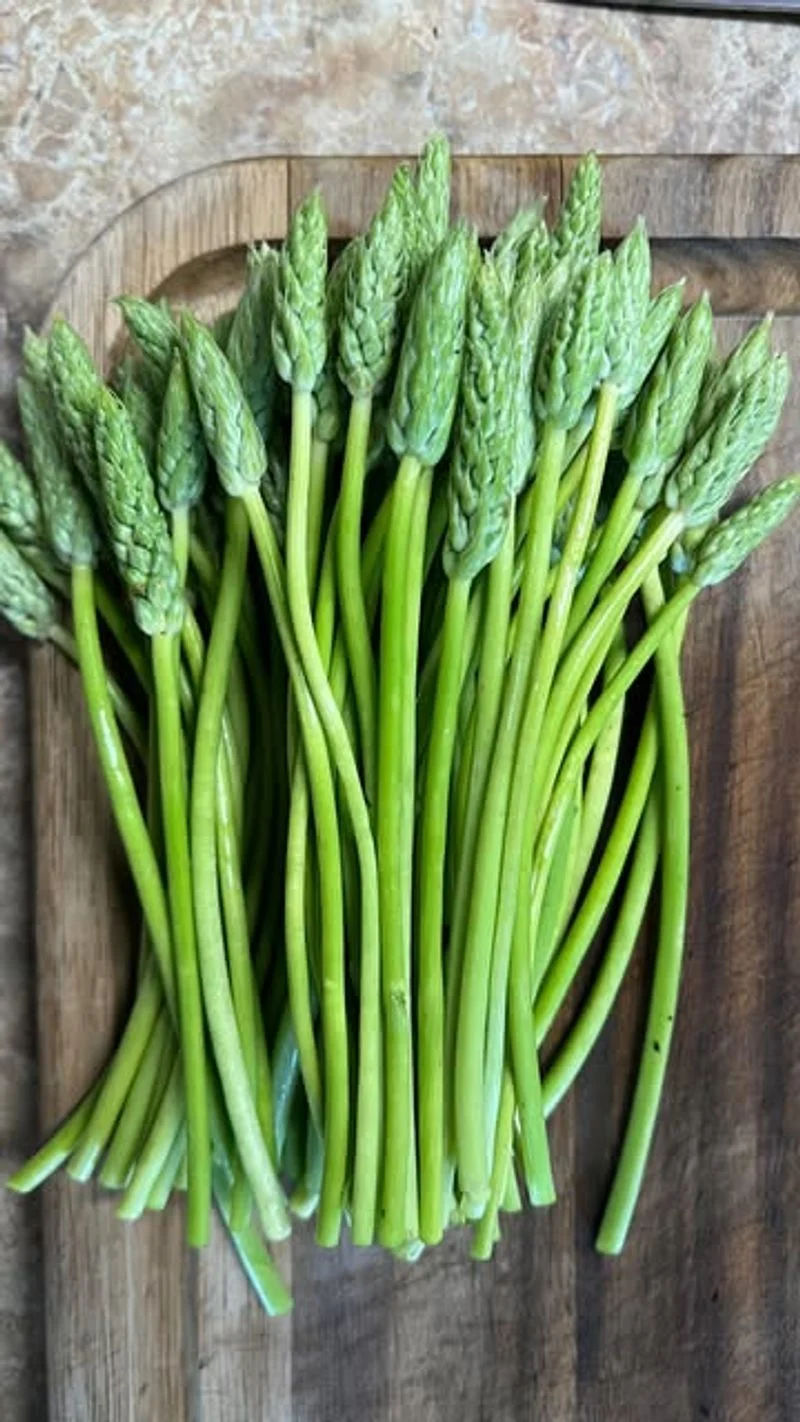
Asparagus requires a bit of patience but rewards with its unique flavor. Taking 2 to 3 years to establish, it’s a long-term commitment for gardeners. Once mature, asparagus provides a perennial crop for decades.
It thrives in well-drained soil and full sun, offering delicious spears that can be grilled, steamed, or roasted. Asparagus is rich in vitamins A, C, and K, making it a nutritious addition to meals. Historically, it was prized by the Greeks and Romans for both culinary and medicinal purposes.
Brussels Sprouts
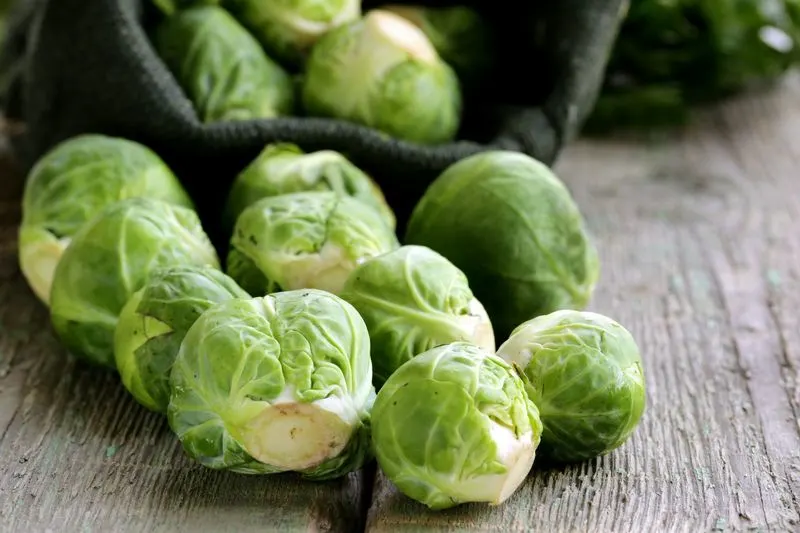
Brussels sprouts demand patience, taking about 80 to 100 days to mature. Their unique flavor and texture make them a sought-after vegetable for roasting or steaming. They grow on tall stalks, providing a unique visual in the garden.
They thrive in cooler climates and can withstand frost, sweetening their flavor. Rich in vitamins C and K, Brussels sprouts are a nutritional powerhouse. Did you know? They were named after Brussels, Belgium, where they gained popularity in the 16th century.
Cauliflower
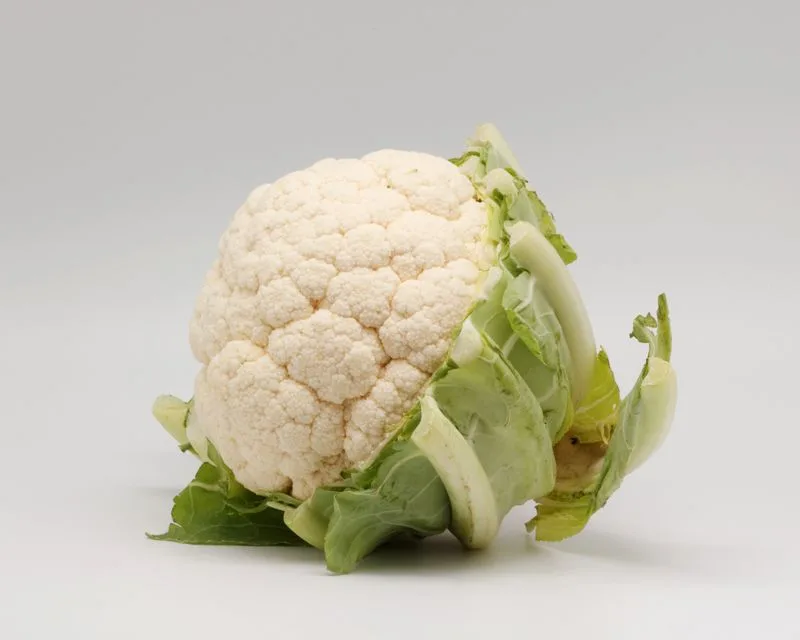
Cauliflower tests a gardener’s patience, taking 70 to 100 days to mature. Its creamy white curds are prized for roasting, mashing, or creating low-carb alternatives. Cauliflower thrives in cool weather, requiring careful attention to soil and moisture.
Versatile in culinary uses, it can be transformed into rice, pizza crusts, and even wings. Rich in vitamins and minerals, it supports a healthy diet. Fun fact: Cauliflower is part of the brassica family, sharing ancestry with broccoli and cabbage, and has been enjoyed since ancient times.
Parsnips
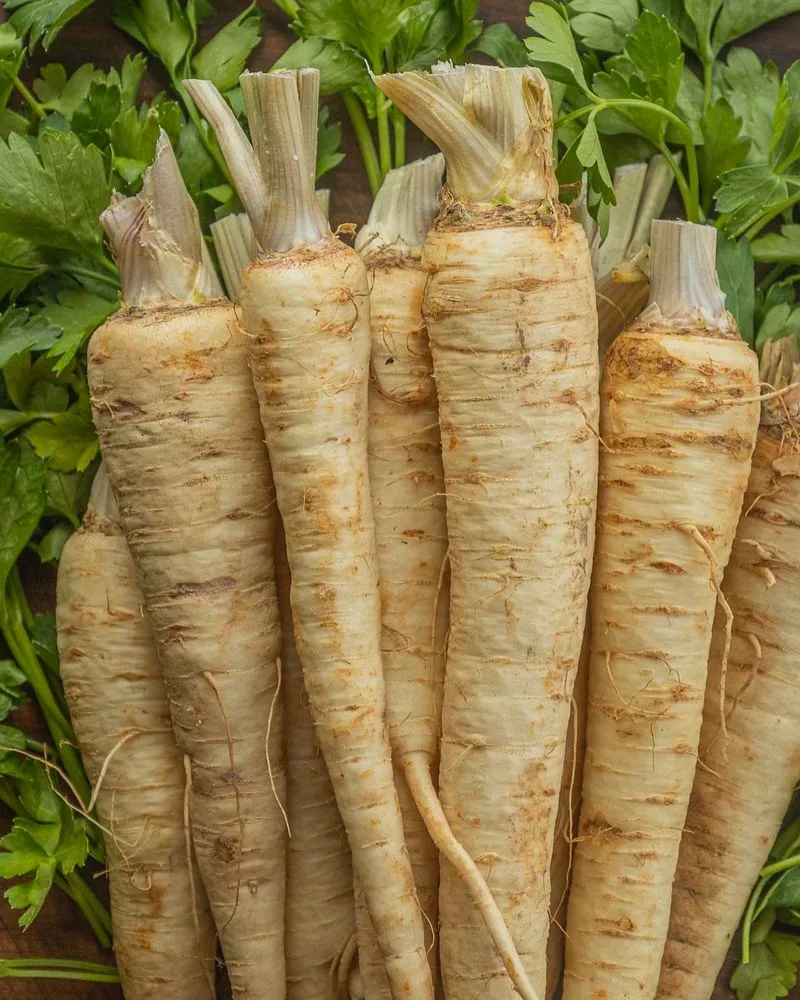
Parsnips ask for patience, requiring about 120 days to develop their sweet, nutty flavor. Once harvested, they are perfect for roasting or mashing. Plant them in early spring, and allow time for their flavor to develop with frost.
They thrive in cool weather and rich, well-drained soil. Historically, parsnips were a staple before the introduction of the potato, valued for their sweet, earthy taste. Rich in fiber and vitamins, they remain a beloved root vegetable for hearty winter dishes.
Leeks
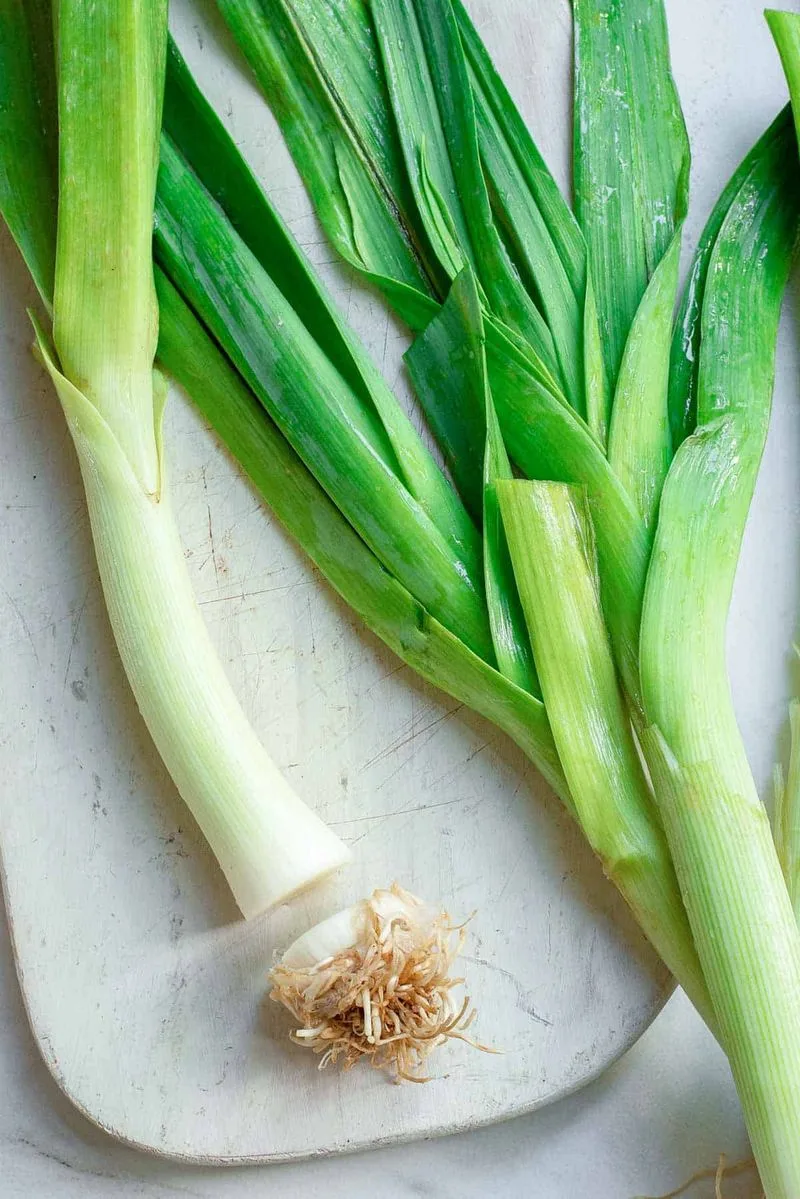
Leeks are the sophisticated cousins of onions, taking about 120 days to mature. Their mild, sweet flavor elevates soups, stews, and quiches. Leeks need time but reward with their unique taste and texture.
They flourish in cool climates, requiring well-drained soil to thrive. Leeks have been cultivated since ancient Egyptian times, featured in the diets of Pharaohs. Today, they continue to be a favorite in gourmet cooking, known for their subtle yet distinct flavor.

